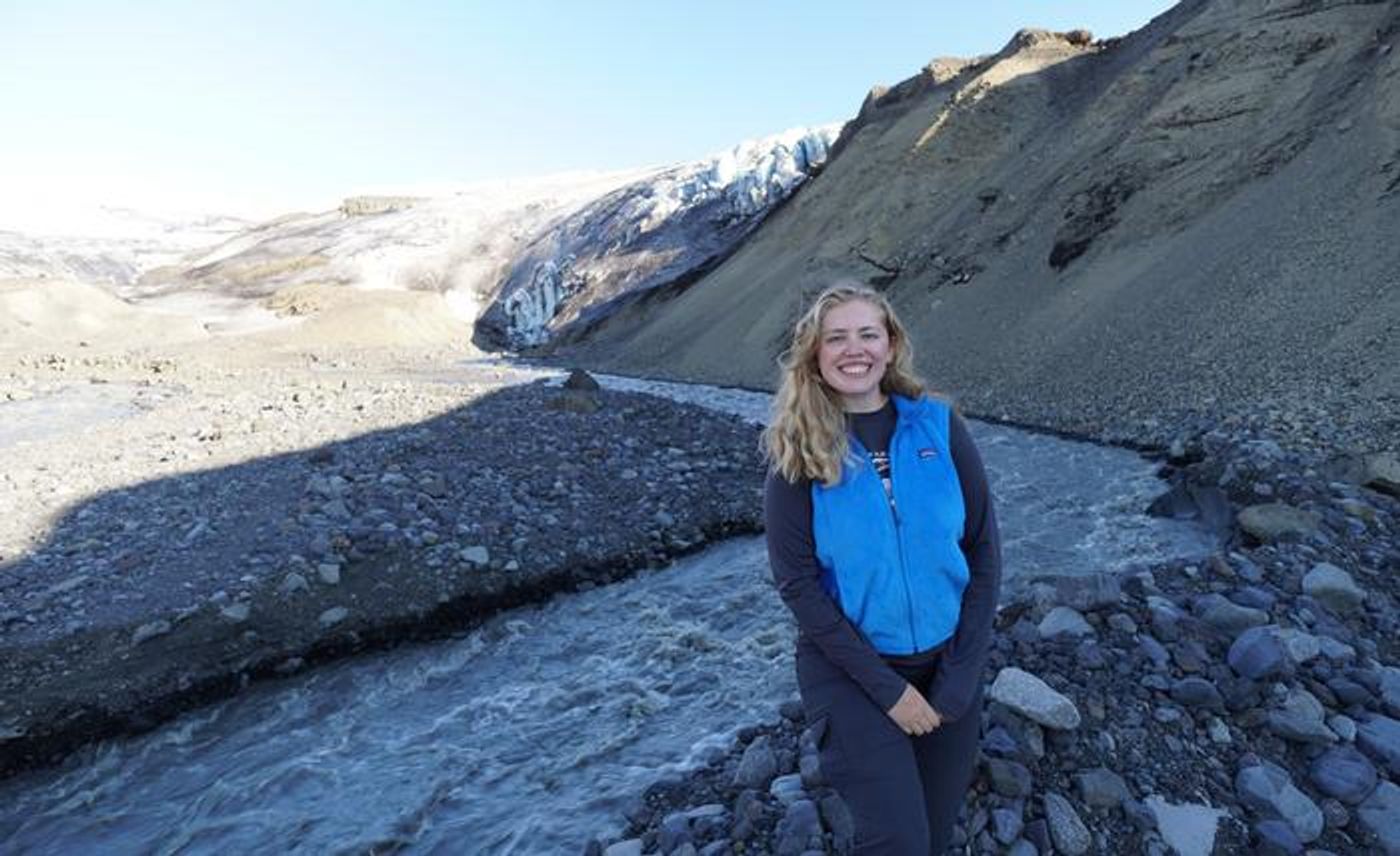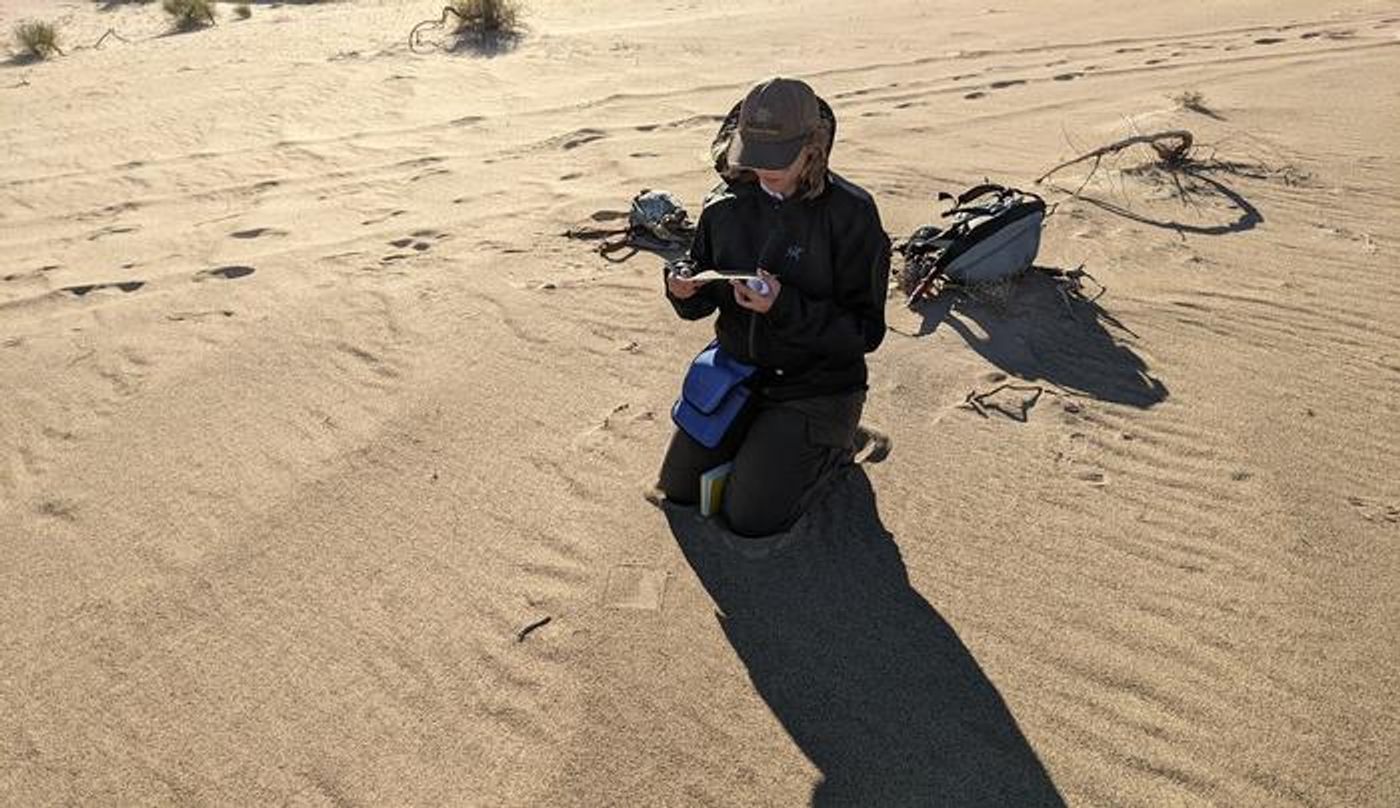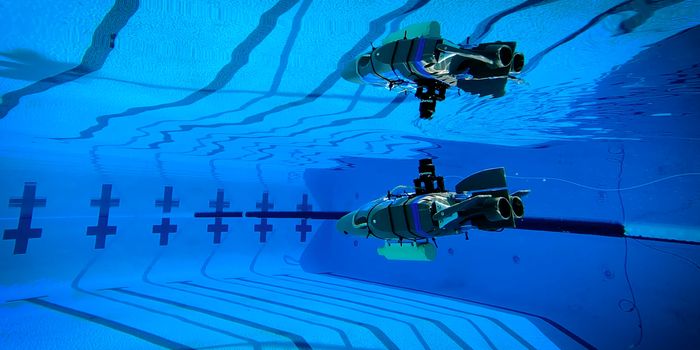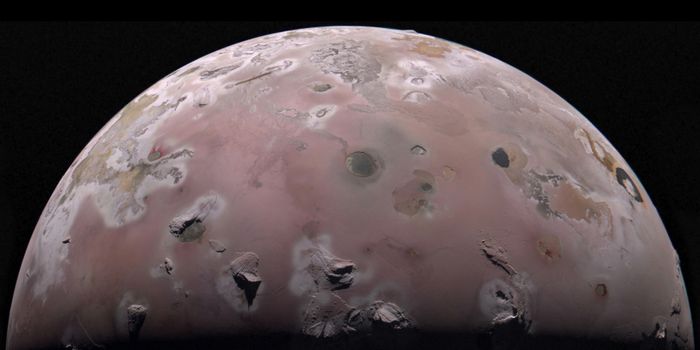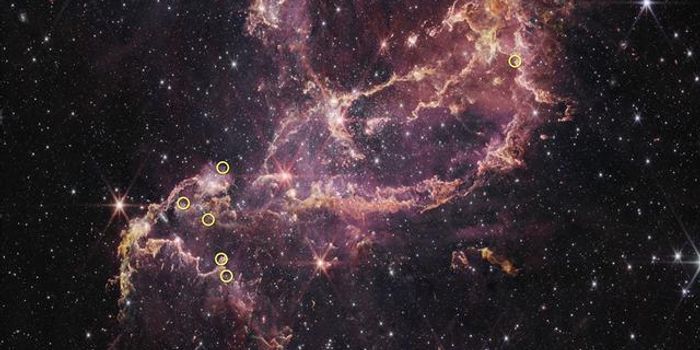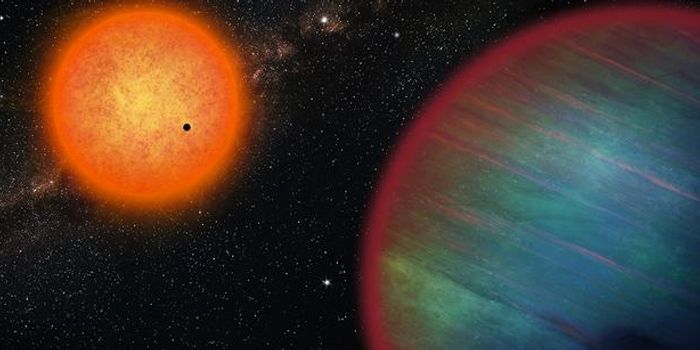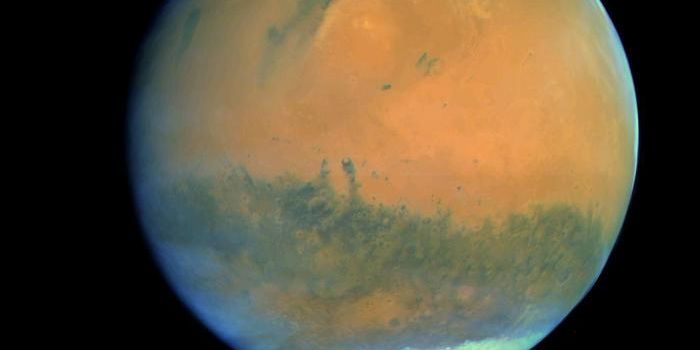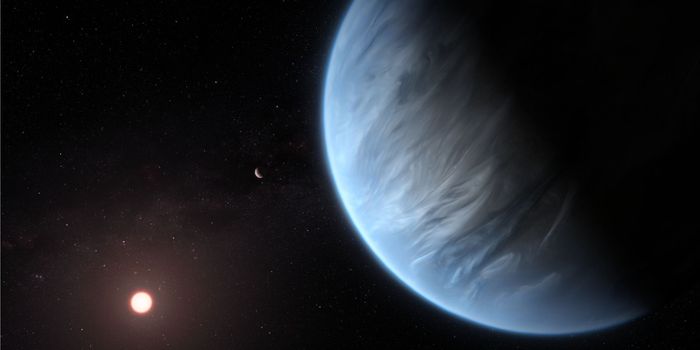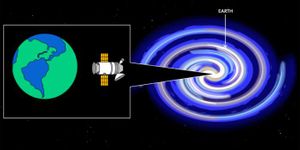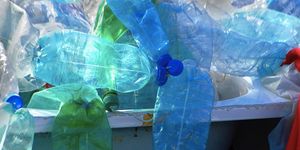The Shape of Mars: Discovering Wind Patterns Through Dune Formation
What can sand dunes on Earth and Mars teach us about the latter’s wind behavior and atmosphere? This is what a recently awarded NASA grant hopes to address as a PhD student at Texas A&M University will be tasked with analyzing what are known as “compound dunes”, which are large sand dunes that possess smaller dunes compounding on the top, giving the appearance they are “growing” on the top of the larger dunes. While compound dunes have been studied extensively on Earth, this will be the first time they are examined on the Red Planet.
Like sand dunes on Earth, Mars sand dunes are formed from wind processes (also called aeolian processes), which is the primary atmospheric behavior occurring on the Red Planet since its atmospheric pressure is far too low to have liquid water on its surface. Because of this, wind patterns drive sandstorms and dust storms, often encircling the entire planet and preventing sunlight from reaching the surface.
“The shape and pattern of these aeolian bedforms—geologic features shaped by wind—can tell us so much about the environment,” said Lauren Berger, who is the recipient of the NASA grant. “By comparing compound dunes on Mars to those on Earth, we can uncover similarities and differences that could help us better understand the Martian surface and atmosphere.”
Image of Lauren Berger in Iceland in 2021. (Credit: Lauren Berger)
Image of Lauren Berger analyzing sand dune grain samples in California. (Credit: Lauren Berger)
For her researcher, Berger will identify all compound dunes on Mars using two of the most powerful cameras currently orbiting the Red Planet: NASA’s Context Camera (CTX) and the High Resolution Imaging Science Experiment (HiRISE), both of which are mounted on NASA’s Mars Reconnaissance Orbiter (MRO). While CTX has complete coverage of Mars’s surface, HiRISE has less coverage but provides greater image detail.
Like sand dunes on Earth, Mars sand dunes change throughout the year, so examining their patterns will provide greater insight into their formation and evolution, ultimately teaching researchers more about the unique environment on Mars.
What new discoveries about compound dunes will researchers make in the coming years and decades? Only time will tell, and this is why we science!
As always, keep doing science & keep looking up!
Sources: EurekAlert!, Texas A&M University
